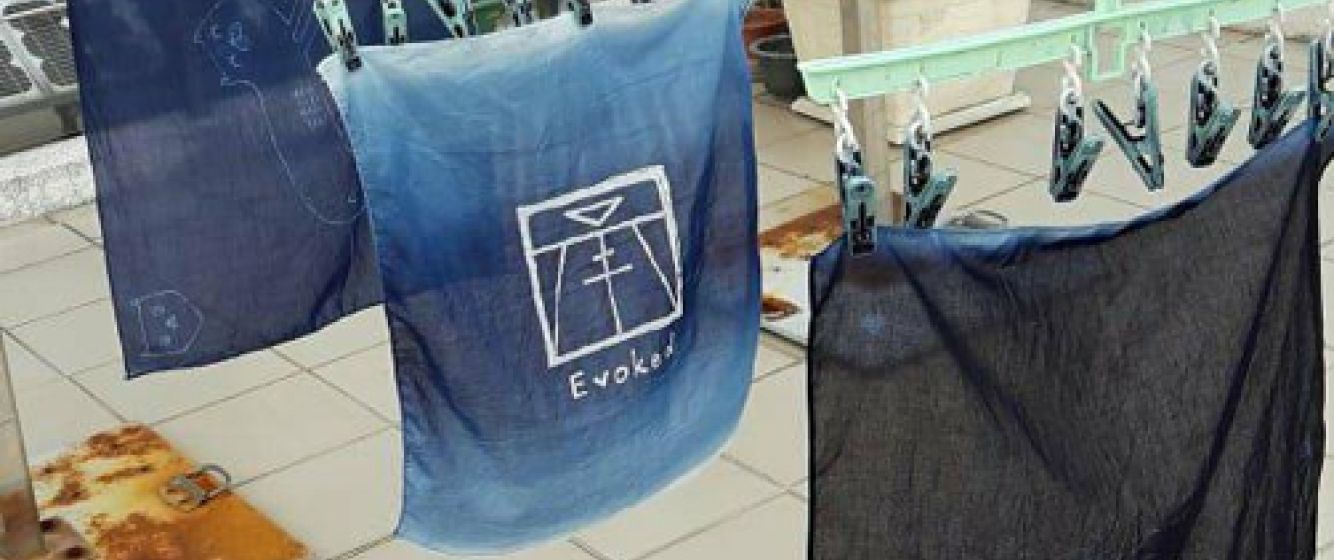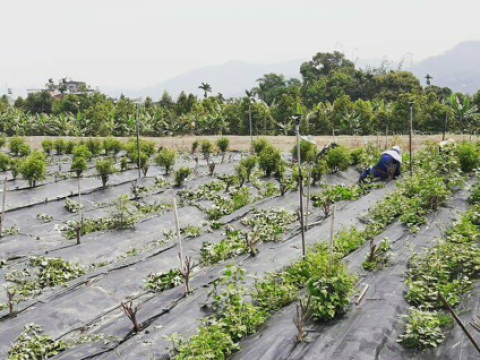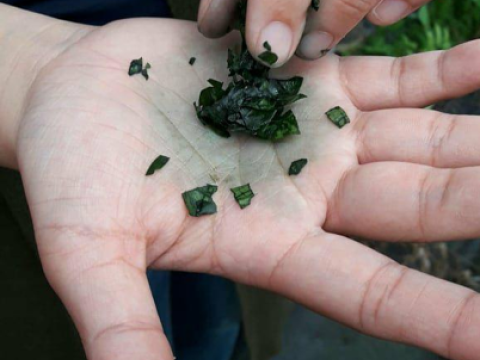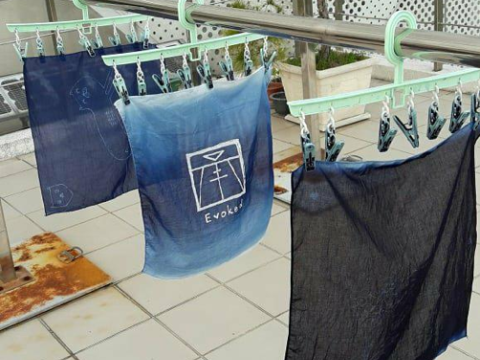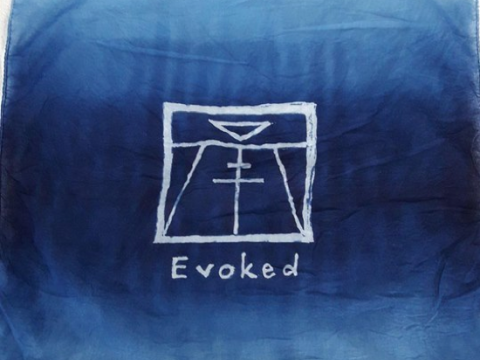Seldom do we have the privilege to explore the beauty and hardship of a craftsmanship.
By Tammy Hsieh
Thanks to the course "Indigo Liquid Museum", which took me to the National Taiwan Craft Research and Development Institute, located in Nantou, I was able to witness the process of making Indigo dye and even experimented with dyeing myself. Perhaps only through learning this body and environmental knowledge can we understand more about the relations between human and the world. Unlike most Taiwanese indigo workshops in touristy areas, my indigo visit began at the farm that grows the plants of indigo dye. Consisting of four different kinds of indigo plants, the farm not only secures the source material of indigo dye but also serves as an important spot of education. The farm owner, husband of indigo artisan, Wen Chun Tang (湯文君), quit his job to support his wife’s dream of revitalizing indigo in Taiwan. So now the whole family is dedicated to this indigo career. The farm-owner also gave us a guided tour, from the harvesting of the plants to the first procedure to extract indigo dye from the plants. I was amazed by how sustainable the whole process is as it produces almost zero waste. It is more eco-friendly than most agricultural production. Meanwhile, contested by the hot sun, I couldn’t help but imagine how exhausting and time-consuming it must be during the harvesting season. Thus, the farm owner also told us they are always struggling with lack of manpower. Later, we went to the workshop and tried our hands at indigo dye. Since it is a natural dye, we had to soak the cloth in the dye at least ten times to make the color stay. Ms. Tang also told us that the blue may fade as it dries, making us wonder what the end result would look like. As I repeated the process of dyeing, I understood bit by bit how labor-intensive and unique each indigo dye is.
About the Author Tammy Hsieh holds an English degree from National Taiwan University. She now pursues her master degree of museum studies in Taipei National University of Arts. She’s an avid writer of arts, culture and museums. She co-founded a bilingual magazine, Evoked, endeavoring to explore new possibilities of Taiwan’s traditional craft. Evoked Website: https://evokedblog.wordpress.com/ Evoked Facebook: https://www.facebook.com/Evokedzinetw/
